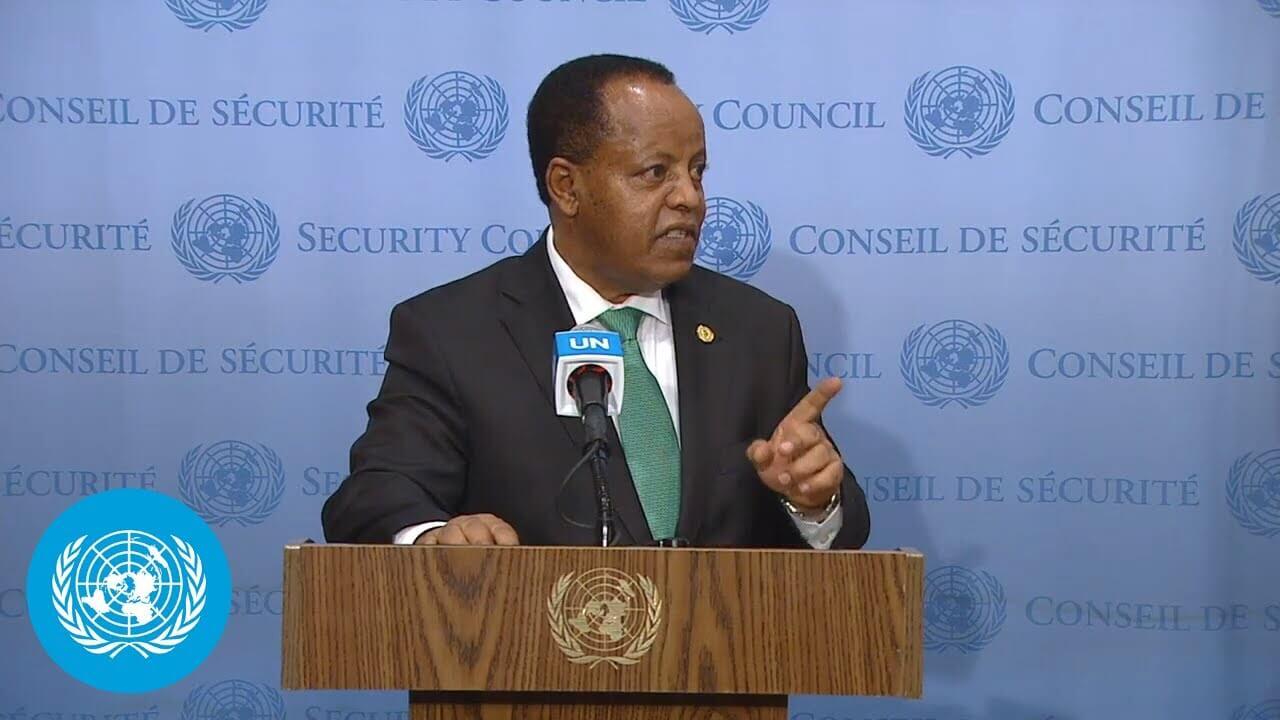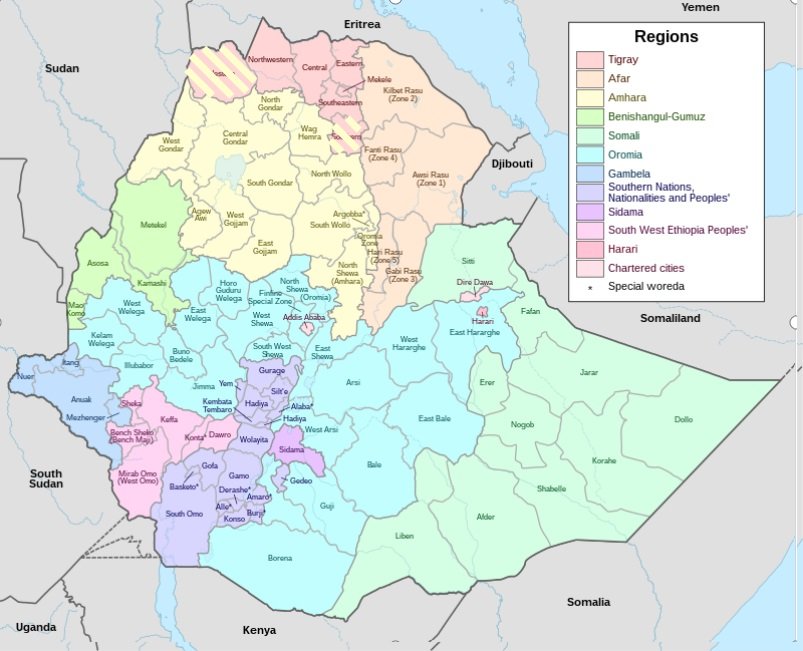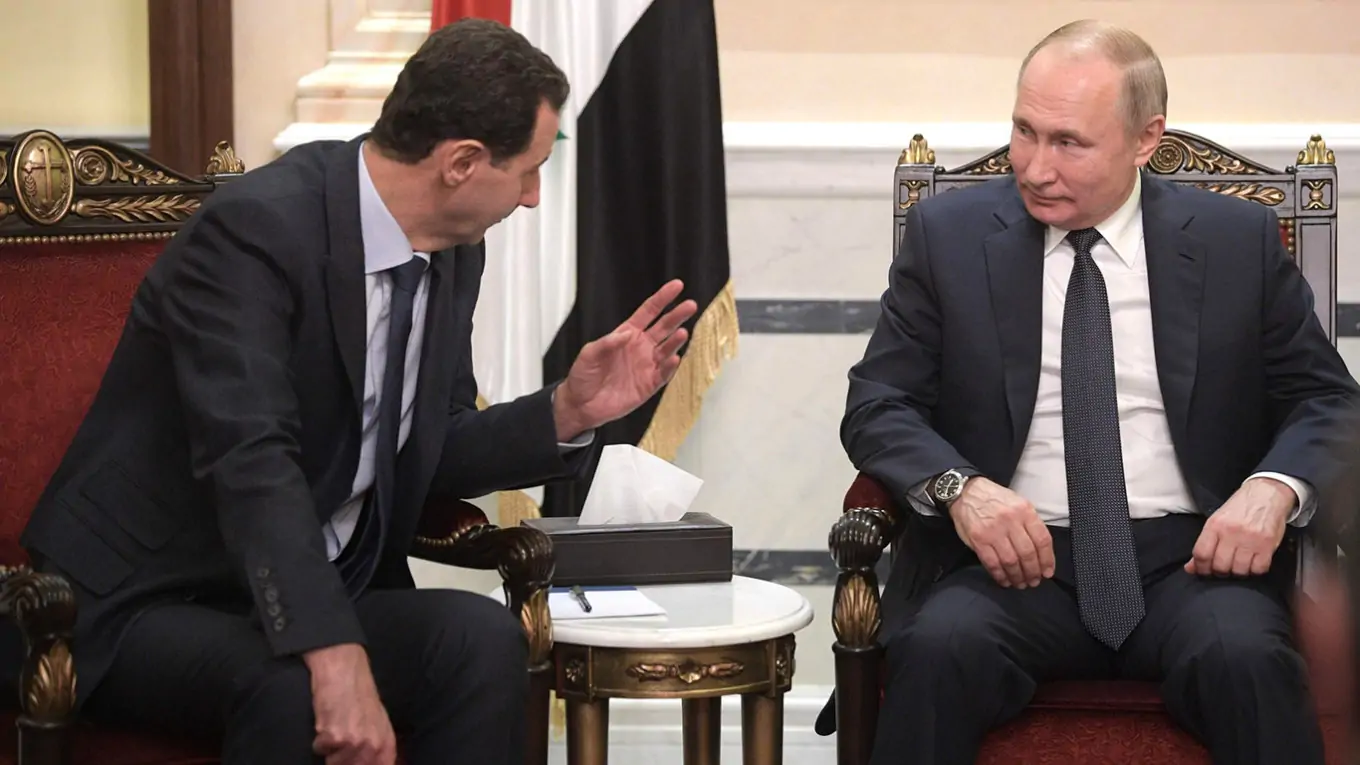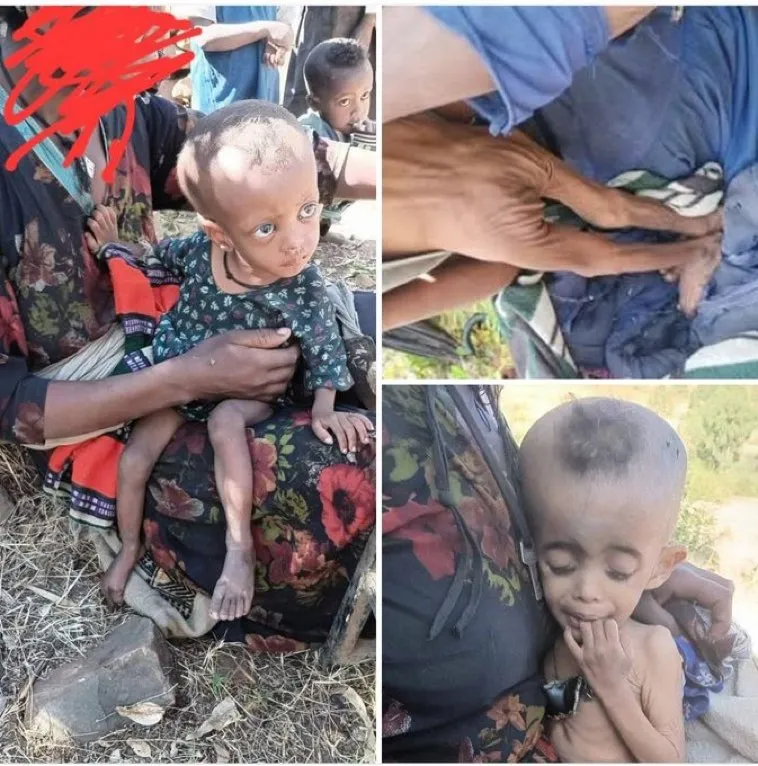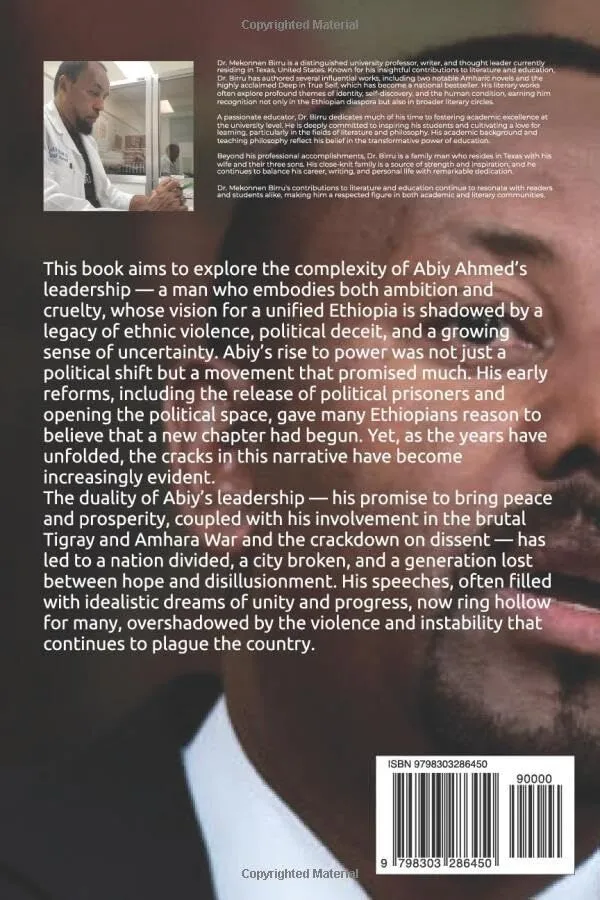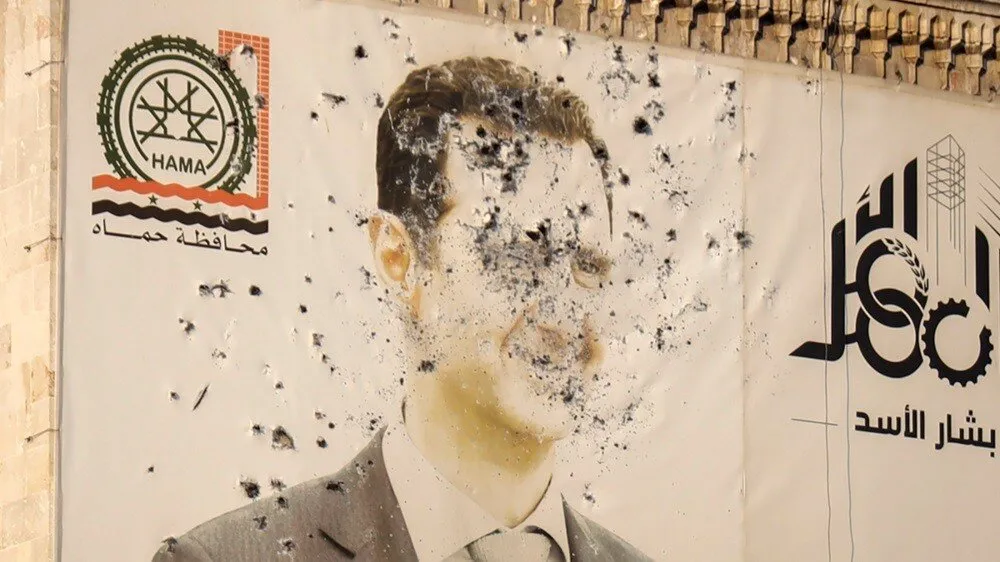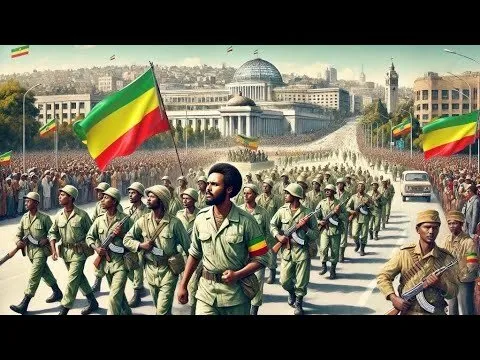Far-reachingimplicationsofanevolvingquagmire
The originator of the saying “geography is destiny” remains unknown, yet the idea itself holds true as history has shown that certain geographical areas, regardless of their size, hold great strategic, economic, and geopolitical importance. As a result, these regions are often sought after by current and emerging powers, and have been the site of numerous conflicts and atrocities throughout history.
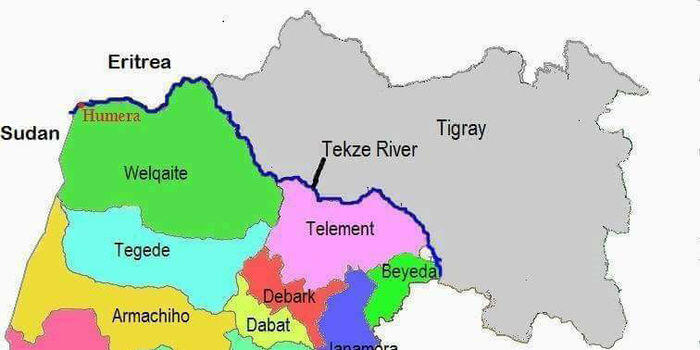
So has been Wolkait’s story for the last half-century.
Fromtheget-go
The TPLF, from the beginning of its liberation struggle, openly stated in its 1976 manifesto its intention to forcibly annex Wolkait and Raya Regions from Amhara provinces to establish the Greater Republic of Tigray, despite historical evidence showing these regions never belonged to Tigray. Woyane’s interest in Wolkait is primarily due to its fertile land that could benefit Tigray’s agriculture and its strategic location as the only international border for Tigray, providing access to the international community through Sudan. In order to achieve its goal of seceding Tigray from Ethiopia and annexing Wolkait, the TPLF began implementing various strategies as early as the 1980s.
- Rewritehistoryandpropagateanewnarrative:Write off Ethiopia’s rich, textured, and long history as a continuous polity of thousands of years built by its multi-ethnic, multi-religious constituents. Instead, Ethiopia’s existence would be recast as a recent occurrence, a mere byproduct of the European scramble for Africa, not older than a century!
- SingleouttheAmhara: The Amhara, depicted as the “colonial occupier” of the land of Ethiopia’s oppressed nations and nationalities, including Tigray, would provide a good focal point! Woyane’s demonization of the Amhara began as far back as the 1980s, way before it assumed power in Addis, and continues to date. Once the other ethnic groups of Ethiopia have been “assisted” to identify the Amhara as the common enemy, they would be rallied behind armed as well as non- armed (e.g., propaganda) campaigns that target the Amhara.
- Decapitate (notable families and opinion makers), Cleanse (depopulate) Wolkait of its original inhabitant Wolkaite Amharas: Once the area has been physically occupied by Woyane, Wolkait would be victor’s spoil. No sooner Woyane got a foothold in Wolkait in the 1980s, it started a campaignof depopulating native Wolkaites, started first by physically liquidating notable families and all those who commanded public respect and were opinion makers, followed by the ordinary common folk. Wolkaites that have survived this initial 1980s purge of the Woyane are dispersed around the world, including the West. The few Wolkaites that have survived the recent 2018 Woyane massacre (Mai Kadra) fled to Sudan and nobody knows whether they have survived the recent upheavals in Sudan.
- Resettle (repopulate) Wolkait with TPLF-selected settlers: Once the Wolkaite native Amharas havebeen purged, their land was redistributed to the so-calledTegadelti(TPLF conscript fighters)
families. Thus the demography of Wolkait has been methodically and artificially altered since the 1980s.
- Seek buy-in forWoyane’snarratives andpoliciesfromitsbackers: Woyane first would leverage its Arab allies and funders (for geo-strategic reasons e. the Red Sea and Nile, have been pursuing hostile policies against Ethiopia) as well as its Western backers (who, for geopolitical and ideological reasons, were compelled to stand against the then dictatorial Mengistu’s communist dictatorship that was in alliance with the then Soviet Union) to support its “liberation war” materially, morally and diplomatically as well as through robust information campaign (using their respective well-established internationally renowned media houses and names).

“Success “as a harbinger of strategic failure
Woyane appears to have effectively executed the aforementioned five strategies. However, it is crucial to inquire about the repercussions of Woyane’s triumph, both for Ethiopia (including the Wolkaites and the Amhara) and for the Horn of Africa Region and beyond
The evidence for the implications is overwhelming for anybody willing to notice.
It is within this overall context of the deterioration of Ethiopia’s political stability the Wolkait issue needs to be appraised. Wolkait is a critical piece, perhaps it could turn out to be the proverbial last straw that breaks the camel’s back and leads to the complete failure of Ethiopia as a state.
The failure of Ethiopia will likely invite the involvement of neighboring countries and regional and global players with a vested interest in the Horn and the Red Sea. Somalia has failed, and Sudan has followed. The addition of Ethiopia, over 120 million, to the mix (over 80 million) will not bode well for the Horn of Africa, the rest of Africa and beyond. The failure of Ethiopia will open the gates to violent non-state extremist actors such as Al Shabab; which could trigger a mass exodus to Europe across the Mediterranean and the Middle East and threaten the stability of neighboring Kenya, further cascading to southern Africa.
Woyane has been leading an aggressive campaign against the Amhara for over fifty years, using its allies across the country to isolate and marginalize them. The TPLF, after seizing power, manipulated census data and purged Amhara from public administration. The violence against Amhara has continued, with mass killings in various regions, including Wollega and Gondar, escalating under PM Abiy’s rule. The Amhara region is now under siege by the Ethiopian Defense Forces, facing disruptions in transportation, communication, and access to essential resources like fertilizers.
The Amhara people are being targeted for eviction from Addis Ababa, with their homes destroyed, and restrictions placed on their movement in the capital. Amhara youth are being arbitrarily detained, and even Amhara parliamentarians have been arrested and imprisoned, such as Christian Tadele, Dr. Desalegn Chanie, and Yohannes Buwa Yalew. The resistance against these oppressive measures is being led by groups like the Fanos, as the Amhara face a dire situation of violence and persecution.
As Mr. Mike Hammer, Special Envoy for the Horn of Africa contemplates his next mission to Addis Ababa, we hope he will weigh the far-reaching consequences of Wolkait. Wolkait, seemingly a small corner in a small region of Ethiopia, could be etched into history, disproportionate to its size
– either as a place where a breakthrough toward a lasting, fair, and just peace was made or as a notorious spot that lit the flame that ignited the failure of a great nation and a great people.
GIRMA BERHANU
Professor
GOTHENBURG UNIVERSITY
Department of Education and Special Education
Västra Hamngatan 25, A-hus room 168
Mail address: Box 300, 405 30 Göteborg
office: +46-(0)31-786 2325
mobile: +46 704731818
girma.berhanu@ped.gu.se
www.ips.gu.se



